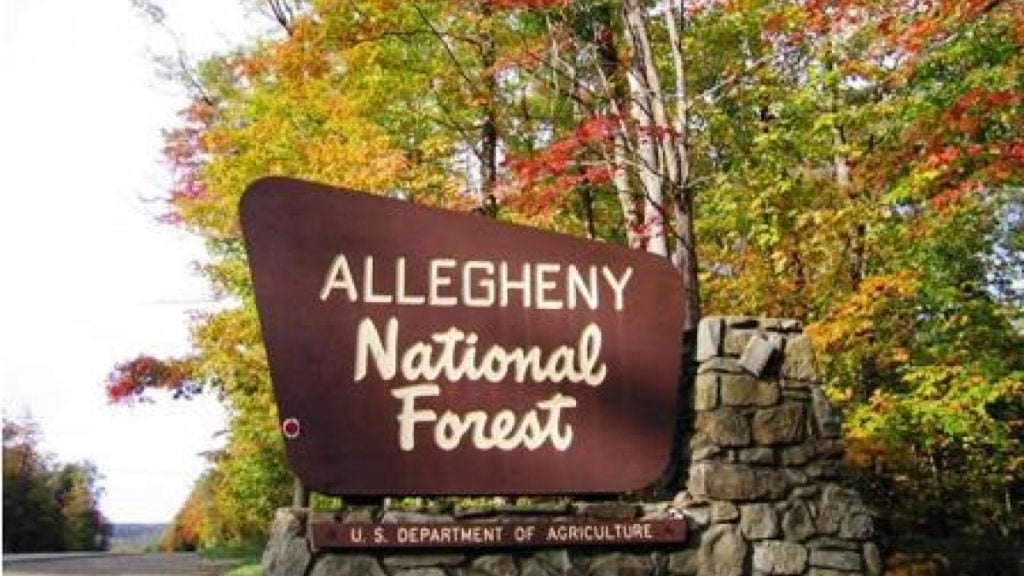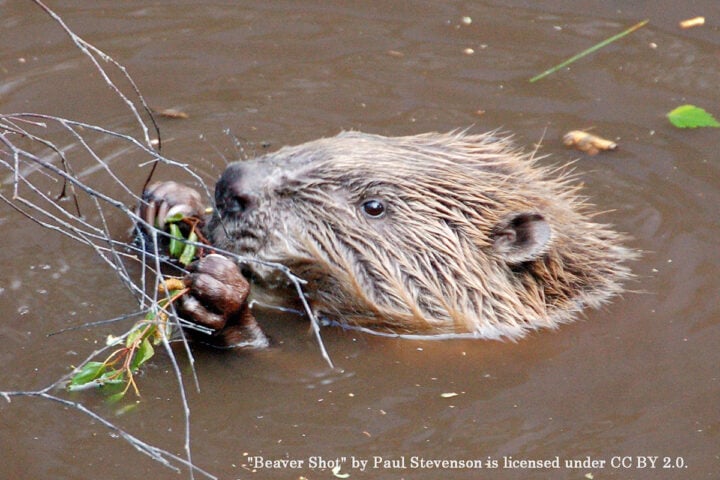Climate problems may seem overwhelming, but people all around this great nation are taking action. This week’s column looks at MAINE and the question is: What happened when Maine removed dams on some of its coastal rivers?
The Clean Water Act of 1972 celebrates its 50th year in 2022. Mainers are proud that the late native son Senator Edmund Muskie introduced the bill. He was distressed by pollution in Maine’s rivers and took legislative action that brought national attention to the problem. After its passage, President Nixon vetoed the law, calling it too expensive. Congress immediately overrode the veto. I can’t believe anyone would think that cleaning up U.S. rivers wasn’t worth the cost.
Rivers are among our most important natural resources; they give us drinking water and a multitude of other benefits. The Clean Water Act did stop many point sources of pollution (i.e., coming from a specific, identifiable source), and brought some federal safeguards into play. It made a significant impact by setting standards for water quality, but the National Resources Defense Council reports that nearly half of our lakes and rivers are still too polluted for recreational use, fishing, and drinking water, because of pollutants from surface water runoff and other non-point sources. Unsustainable!
Hydroelectric power is another facet of the thorny problems we face concerning U.S. rivers. Americans have harnessed hydropower for centuries, beginning with the earliest mills. One of the positive benefits of hydropower is that it can be continuous or on-demand, as long as water is flowing through the system to turn turbines and generate power. If small dams were good, we Americans figured bigger and more numerous dams were better. This trend has brought us to a crisis for fish populations.
Coastal rivers have an important ecological role for anadromous fish species – those that start their lives in freshwater rivers and then migrate to the ocean to live, returning to their exact rivers of origin each year to spawn and reproduce. Dams can stop this important cycle, threatening fish such as the salmon that were once plentiful in both the Atlantic and Pacific oceans. Sometimes fish can’t swim upstream past dams, or juvenile fish get chewed up in hydropower turbines on their way back to the sea. Sometimes dams cause such a drop in river levels that aquatic life cannot be supported. These are only a few of the complications of human structures on rivers. Although assists such as fish hatcheries, fish ladders, and truck transport around dams have helped, they haven’t been enough to sustain these fish over the long term, especially when combined with overfishing, pollution, and now climate change. Warming temperatures are making some rivers impossible for cold water species of fish to live.
Two species of concern in Maine have been Atlantic salmon and river herring (also known as alewives). In 1999, a dam on the Kennebec River was removed (Edwards Dam, built in 1837). Although there are still four dams on the Kennebec, river herring has already rebounded. Other removals are in litigation. In peril are Atlantic salmon – now an endangered species – which need to travel further upstream to the cold-water tributaries of the Kennebec.
Another important river is the Penobscot, which opens into Penobscot Bay, the largest in Maine. Upstream is home to the Penobscot Indian Nation, one of the tribes that has been arguing since the 1700s for dam removal. Two dams have been removed and an overall plan is in place, geared to restoring fish migration.
There are other river dams that have been removed in Maine, but the significance of Maine’s early removals was that it sparked a trend to free many US rivers that have been dammed, undoing decades of damage to natural ecosystems and the aquatic life that depend on free-flowing waters. Another of the early removals was on the Sebasticook River, covered in this 3-minute National Public Radio (NPR) piece, which I offer this week in lieu of a podcast:
Radio Show: Weekend Edition (June 21, 2021)
News-piece: ‘One of the best nature shows’: A River Transformed after Dams Come Down [3 mins]
Let me know if you have a podcast to recommend, or have a comment about my column, or have trouble finding a particular podcast I’ve mentioned. Happy listening!
[email protected]
Note: This column, part of a series looking at examples of positive climate action, state-by-state, first appeared in the Forest Press 09-07-2022. If you are interested in this state’s topic, check online for updated news, as a lot may have changed in a year.































